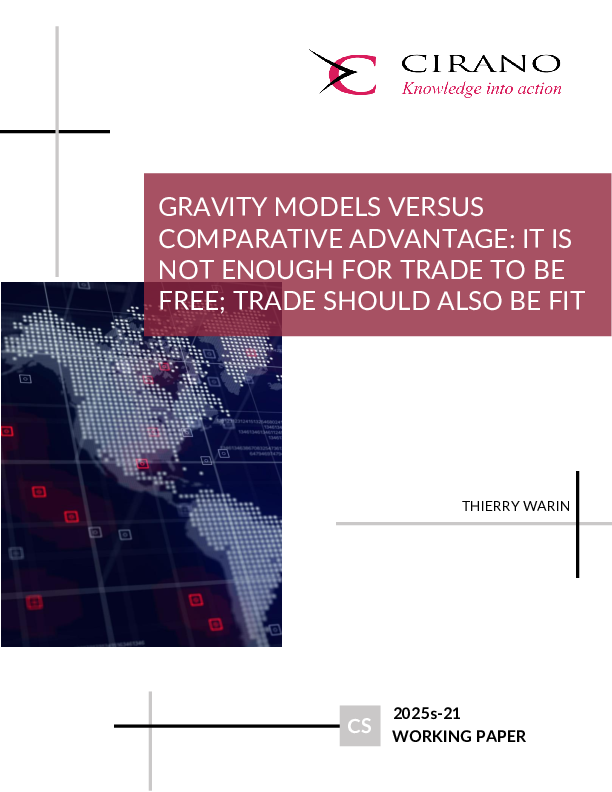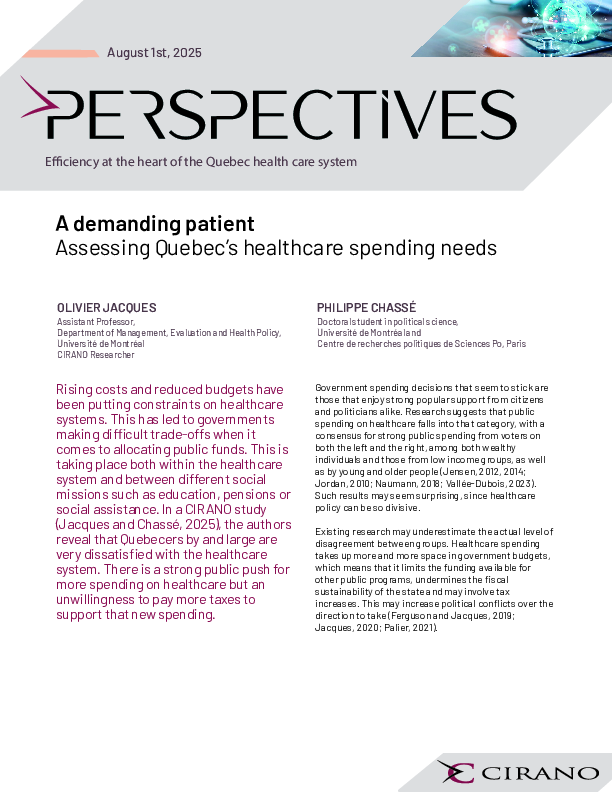Gravity Models versus Comparative Advantage: It is not enough for trade to be free; trade should also be fit
Trade-gravity equations remain the empirical “workhorse” for bilateral flows, yet their strictly positive orientation can normalise volumes that depart from welfare-maximising cost allocations. Building on a friction-adjusted theory of comparative advantage, this article pairs gravity’s descriptive power with two normative indicators. First, a Cost-Based Comparative Advantage (CCA) index ranks exporters by total landed cost—combining f.o.b. factory prices with good-specific freight, insurance and policy wedges—for every product–destination pair. Second, the Redirection Advantage (CBRA) metric tests whether diverting an exporter’s incumbent shipments toward an alternative market would lower that market’s import bill, thereby revealing latent efficiency losses masked by path dependence, preferential agreements or behavioural frictions. Applying the framework to the densely intertwined Canada–United States corridor uncovers sizeable but highly asymmetric misallocations. Canadian aerospace producers could undercut incumbent suppliers in several European and Gulf economies by more than US$3,000 per kg, while U.S. petroleum refiners enjoy occasional triple-digit mark-ups inWest Africa and the Caribbean. By contrast, cross-border automotive and most energy exchanges exhibit negative CBRA values, signalling that the prevailing North-American supply chains are already cost-efficient. The results demonstrate how proximity, home-market bias and rules of origin can simultaneously stimulate large trade volumes and conceal Viner-style trade diversion. The study advances three contributions: (i) a tractable, product-level toolkit for diagnosing cost-inefficient trade; (ii) a theoretical bridge that embeds comparative-advantage logic inside a multi-country gravity structure; and (iii) a policy agenda that combines multilateral tariff cuts, infrastructure upgrades and real-time cost monitoring to align observed flows with global cost minima. Integrating CCA and CBRA with gravity thus offers researchers and policymakers a unified lens for ensuring that “who trades with whom” also reflects “who should trade with whom.”




